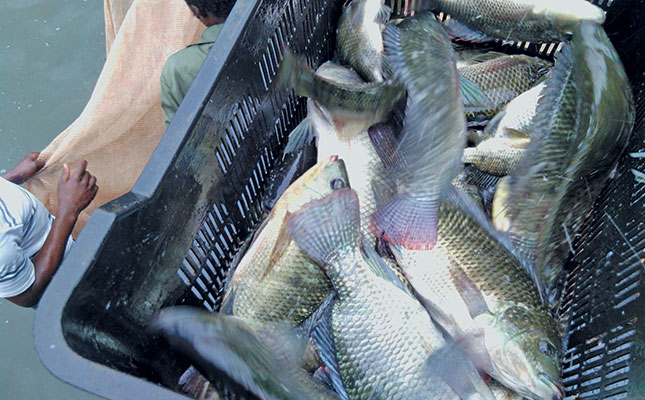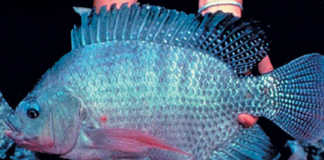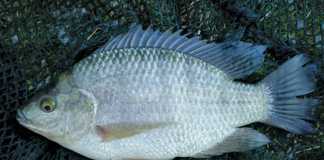
The most frequent question asked by entry-level fish farmers is: “Where can I sell my fish?”
This cautious approach is prudent, as the lack of a consistent market caused the collapse of the nascent catfish industry in the 1990s.
In this article, I’ll discuss the three market opportunities currently available to tilapia fish farmers.
The informal market
This market is particularly useful for selling small tilapia of between 150g and 300g. Millions of rural people throughout tropical Africa, for example the Barotse people in north-west Zambia, survive on wild-caught tilapia of this size.
Their daily catch often consists of very small fish, often less than 10cm in length.
There is also a substantial market for small tilapia in informal townships, where fish are offered for sale as small, medium or large. Small fish are around 150g each, while large specimens are about 350g.
Typically, fish are harvested and then transported immediately to the informal market for sale.
These fish are whole, and often still alive, and therefore remain fresh. The customers have little access to refrigeration, so the fish are consumed on the same day.
Typical prices vary from R7,50 to R15 per fish, and many fish are bought in bulk and then resold.
For fish farmers in cooler areas, this market offers the opportunity to grow and sell the fish during the warmer months, then shut down the system during the cooler months. Farmers who use ponds for growing tilapia can produce large volumes by using this seasonal production method.
Fish distributors
These people collect gutted, gilled and possibly scaled fish from the farmer, and distribute them to various retail outlets. While these distributors may be hard to find, they are available countrywide.
One of the advantages of this market is that processing is limited – packaging is very basic and often requires little more than bulk plastic bags.
It is possible to achieve between R40/kg and R50/ kg, but a load of 100kg to 500kg is usually required at a time, and a regular supply may be expected.
The formal market
In this market, tilapia are processed into a value-added format that may include fillets, spiced offerings in various configurations, or even whole, cleaned fish in shrink-wrap plastic.
A supermarket may seem like an attractive option, but its delayed payment terms and need for regular supply may make it unviable for smaller producers.
Moreover, supermarkets are notorious for their reluctance to pay a fair price for a product that they may sell to the customer for up to R300/kg.
A better option may be health food outlets or delicatessens that are attracted to the healthy pesticide- and hormone-free nature of locally farmed tilapia as a health food.
These outlets pay farmers anything from R55/kg for a whole fish up to R185/kg for fillets.
Prices were correct at the time of publishing.













